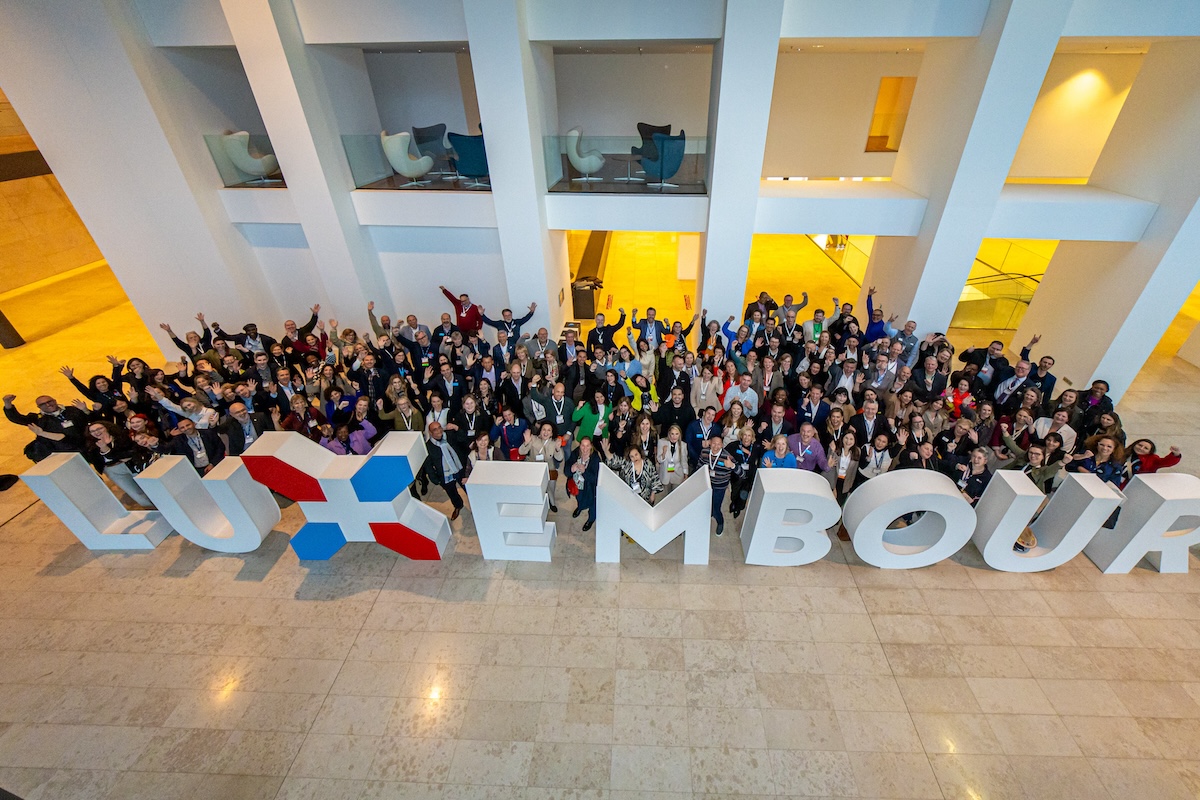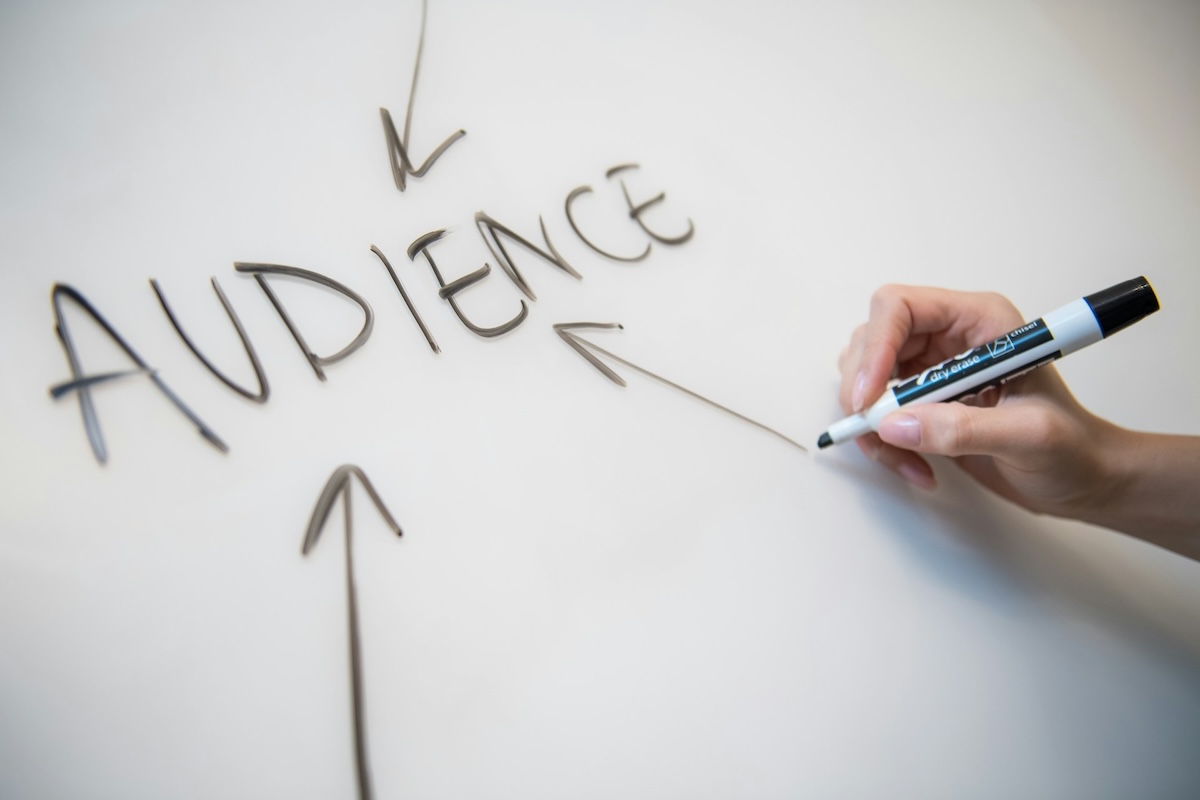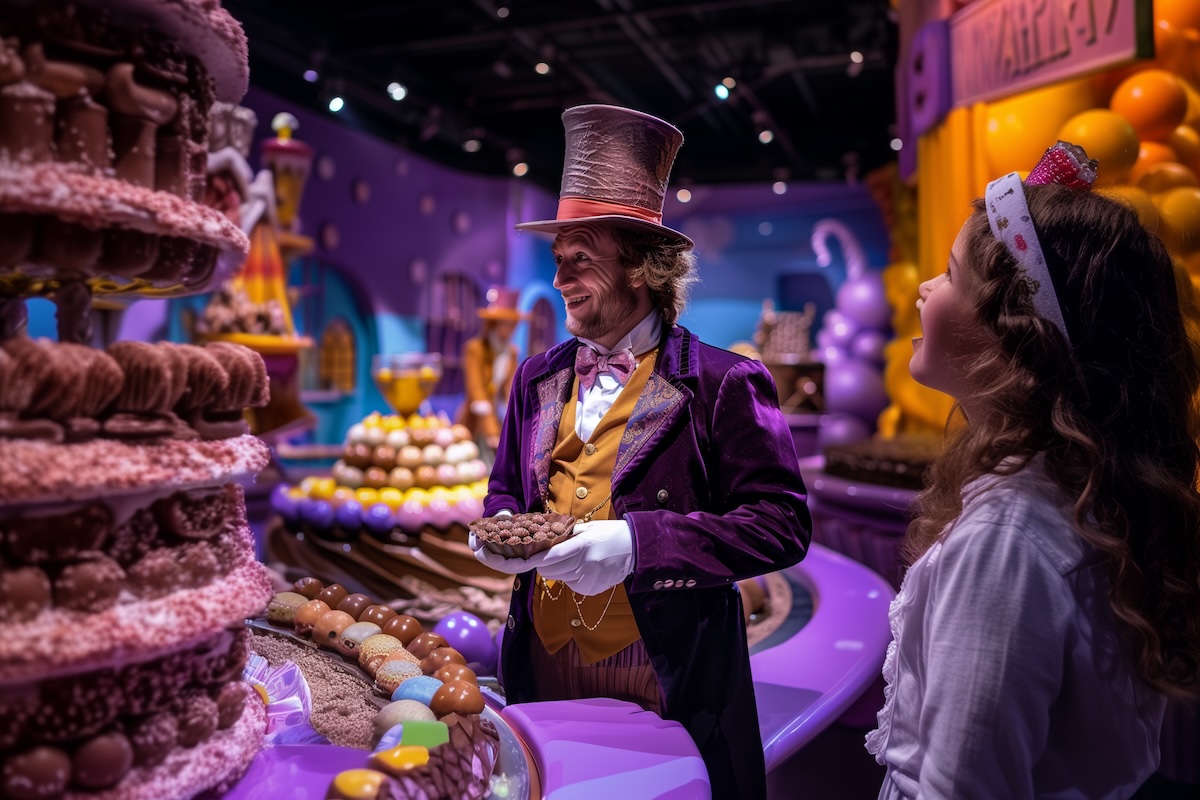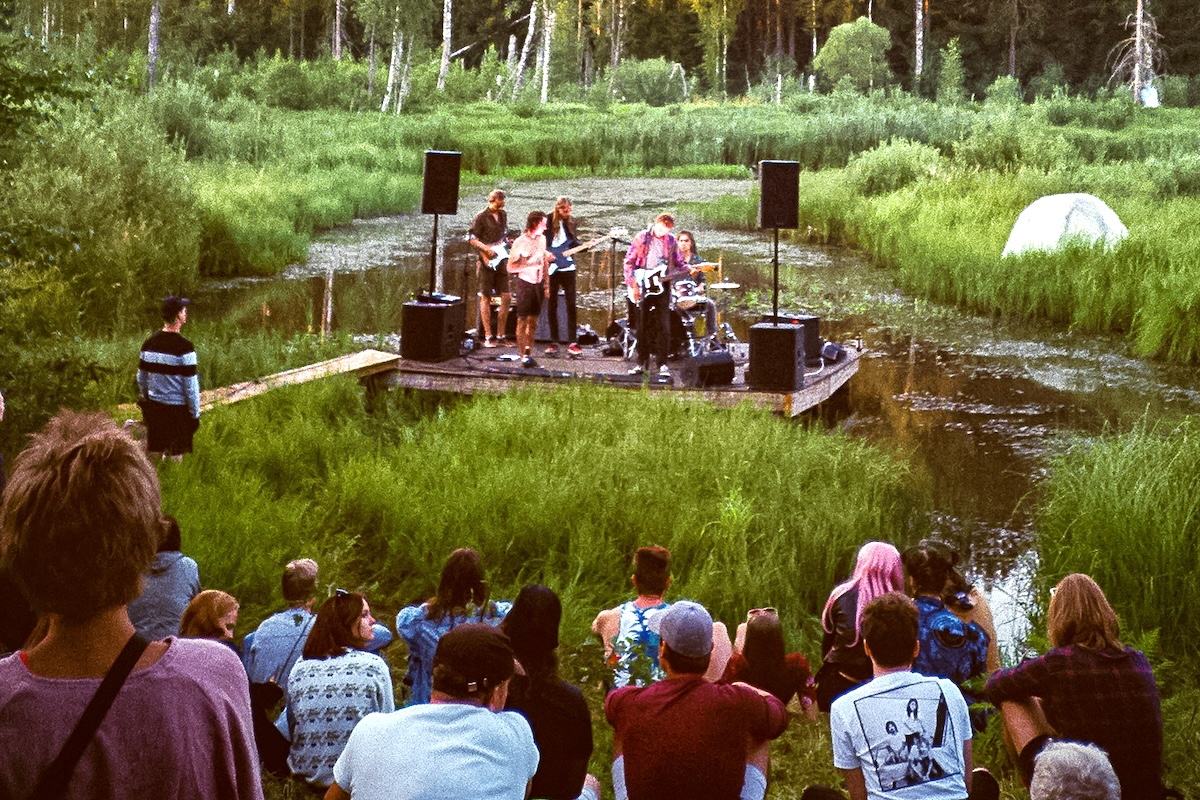Skift Take
Audience demographics, needs, and expectations for in-person experiential programs have shifted, engendering many business-to-business events to evolve into more engaging, personalized, consumerized, and ultimately, business-to-consumer event experiences.
Planners intentionally integrate specific elements and approaches from business-to-consumer (B2C) events to appeal to their changing audiences. This presents an exciting new shift in the potential to infuse innovation and customization into inaugural and legacy events.
Younger Audiences Catalyze Change
According to Freeman’s 2023 Trends Report, event attendees are now younger than before the Covid pandemic. As millennials are rising into leadership positions, they have become target participants.
“Younger attendees are demanding more of a festival-like experience out of their events,” said Adam Charles, executive vice president of Freeman.
These younger professionals have different expectations for how they experience personal and work life. “Entertainment and balanced programming are important to these younger audiences,” said Charles. “Through our research, we’ve seen that 61 percent of Gen Z says they enjoy going to events to meet new people, clients, and partners.”
However, Freeman’s Trends Report also indicates these younger participants prioritize their own time while at an event. Forty-seven percent say that over-programmed days can lead to a negative event experience. Charles attributes these shifting expectations to the rise of consumerization at events.
New Audiences Embrace Consumerization and Personalization
An expert in infusing consumerization at events, Elizabeth Irving, CMO of Clarion Events, North America, said, “We changed our models to meet the younger attendees digital approach, and that includes adding more personalization and frictionless technology to our programs.”
Fostering buyer-to-seller and peer-to-peer connections is how events become memorable and how audiences grow, remain relevant, and sustainable. “Enabling camaraderie is key,” said Irving.
Show Within a Show
Dovetailing events can be a successful alternate strategy when circumstances prevent radical structural changes. “By staging our B2C show, Outdoor Adventure X (OAX), the weekend before Outdoor Retailer opens, we can serve the entire outdoor recreation and action sports ecosystem, from consumer to manufacturer to retailer,” said Jessica Blue, executive vice president of Emerald
Blue believes this approach deepens and broadens the connection to the outdoor recreation and action sports communities. “We want to create more avenues for our B2B customers to be connected to their end consumers while developing a deeper understanding of consumer needs and preferences,” said Blue.
Focus on Trust
According to the Freeman Trust Report, events build trust with brands. Much of that starts with a deep understanding of end users. “When approaching any event, whether you’re a brand or an organizer, you have to place the audience at the center of your decision-making,” said Charles.
Successful B2B events that meet the younger attendee’s new expectations significantly impact brands, even after a single event. “We see a 77 percent increase in trust built, and 64 percent of consumers say they retain positive impressions of brands they interact with at live events for at least a month or longer afterward.”
Freeman’s report also indicates that the positive experience also extends to sales. More than half of consumers across generations are more likely to buy following an event.
A great example of this is Dreamforce. While a B2B corporate event, the entire experience is a festival that draws in and propels customers. “All of the clients and sponsors there take part in it, and it ultimately drives sales and energizes their audiences, all through a consumer-like atmosphere,” said Charles.
Consumer-type experiences are necessary based on the needs of attendees today and are industry agnostic, said Charles. Overall programming objectives will dictate how to incorporate these experiences into events across all industries.
“Marketers need to be intentional and balanced with how new experiences are incorporated. An entire event program does not need to become a festival to be effective. Pick key points in time to implement surprise and delight moments. Don’t over-program the day. Younger audiences need to be energized and to re-energize. A little can go a long way,” said Charles.





